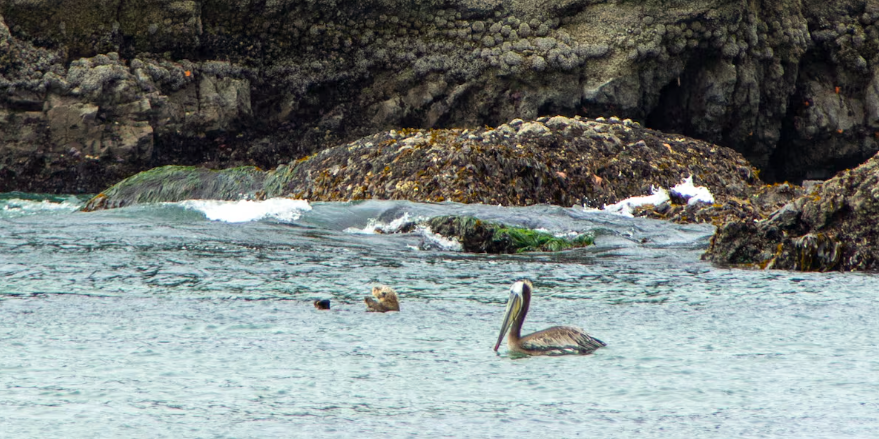
1. Rare Spotting of Sea Otters Near Cannon Beach
CANNON BEACH, Ore. — Two sea otters were spotted along Cannon Beach, the conservation nonprofit Elakha Alliance announced on June 28. According to Elakha, which works to restore and conserve sea otters, finding live sea otters along the Oregon coast is rare due to the species being hunted to local extinction for their fur by the early 1900s. “We are thrilled about this rare and wonderful sighting,” said Jane Bacchieri, Elakha Alliance’s executive director.
“It highlights the resilience of sea otters and the potential for their return to the Oregon coast.” The group said otters are a keystone species and are critical for maintaining the health of coastal ecosystems. By regulating sea urchin populations, otters help kelp forests grow, providing habitat and food for various marine life.
Thank you for your generous gift that will help us continue the production of this weekly, free publication
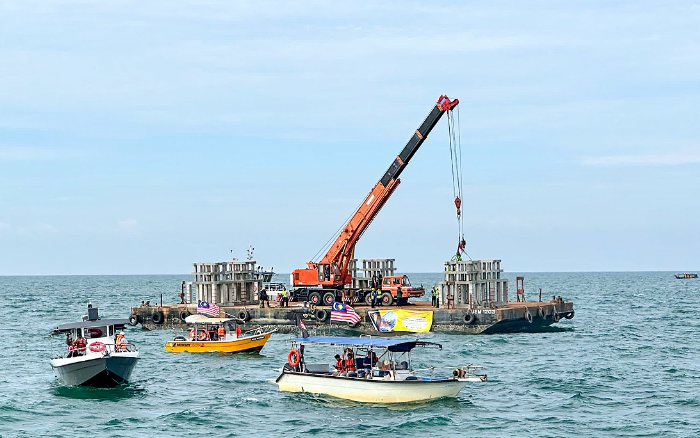
2. Artificial Reef Program Launched in Malaysia to Protect Marine Diversity
An Artificial Reef Deployment Programme was recently launched in Pulau Sembilan in Malaysia to rebuild and protect the area’s rich marine diversity. A research center is also being considered, and as the country has many experts in marine preservation at the university level, it invites students to come and study the area’s ecosystem. In the meantime, the government of Pulau Sembilan is urging citizens to maintain awareness of the delicate coral reefs and marine habitats.
Pulau Sembilan has even closed some of its waters with damaged coral reef systems to allow them to recover. Also, 12 artificial reefs have been placed in the waters of Kepulauan Sembilan, and the Department of Fisheries Malaysia has allocated RM1.26 million toward the development and maintenance of 47 artificial reefs in four locations in the state of Perak.
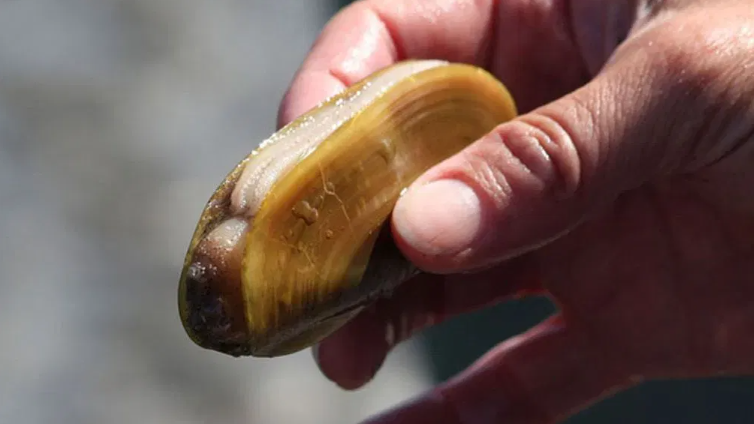
3. Razor Clamming Reopens from Coos Bay to California Border; Other Shellfish Closures Persist
Razor clamming is now open from Coos Bay south jetty to the California border after biotoxin levels dropped below the closure limit in two consecutive tests. However, closures remain for razor clamming from Yachats to Coos Bay due to high levels of paralytic shellfish poison (PSP) and domoic acid. Mussel harvesting remains closed coastwide, and bay clamming is closed from Cascade Head to the California border. For updates, contact the Shellfish Safety Hotline or visit the ODA website.
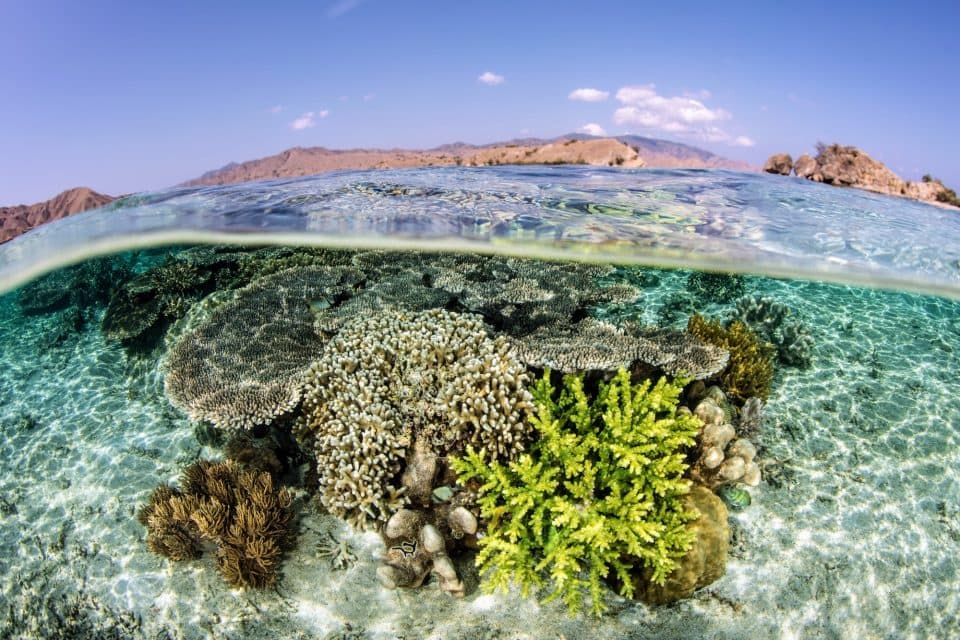
4. Marine Heatwaves Escalate Coral Bleaching Threats
International researchers recently discovered that marine heat waves pose a much graver threat to these ecosystems than we initially thought. The team found that marine heat waves not only last longer, causing prolonged periods of severe bleaching, but they also disrupt the coral spawning cycle, putting thousands of coral species at risk. In a revolutionary study, Dr. Camille Mellin and her University of Adelaide’s Environment Institute team used advanced climate modeling and supercomputing to anticipate future marine heatwaves.
The alarming results show that by 2080, coral bleaching will likely commence in spring rather than late summer. The shift in timing could spell disaster for coral reproduction. In many regions, corals spawn once a year—precisely in spring. The overlap of bleaching with this crucial event could wreak havoc on many coral species.
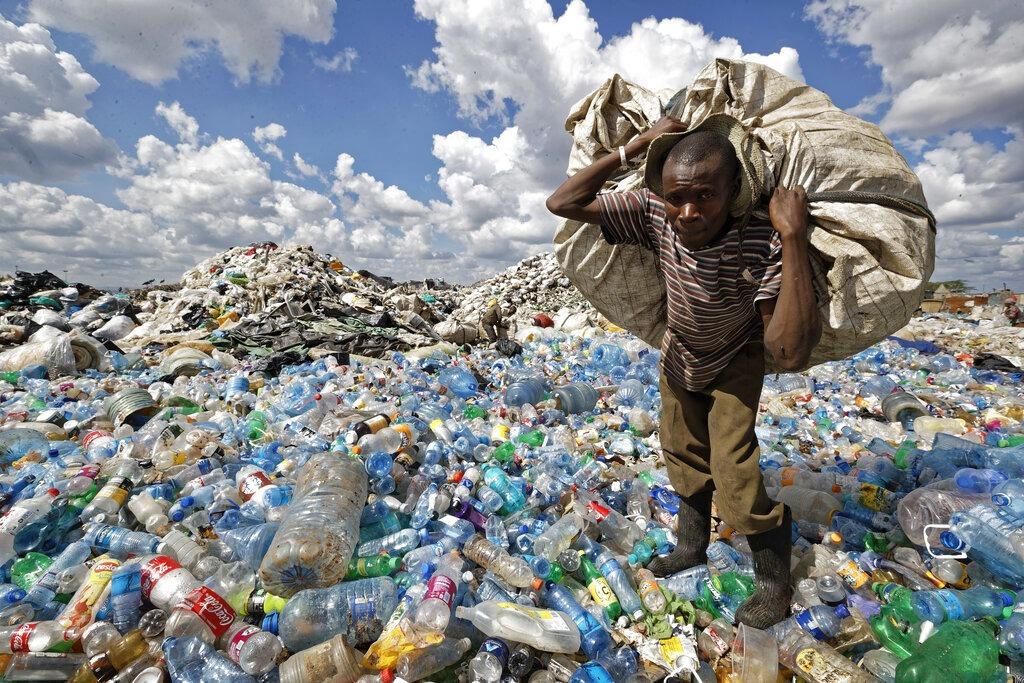
5. Tackling Plastic Waste in Kenya
NAIROBI, Kenya – Marine conservationists have warned about the dangers of plastic waste in the Indian Ocean and on beaches, calling for better waste disposal strategies along the coastline. Speaking during a clean-up exercise at Mazingira Beach in Kilifi County, the environmentalists led by the County’s Environment Director, Jimmy Kahindia, said that policies that ban particular types of plastics from the beaches are needed.
“The Kenyan laws guiding the microplastics management are a bit silent. This means that stakeholders should find a way to develop policies that help to tackle this challenge. This conversation should include other countries in the region because plastic wastes also originate from other countries that share the coastline,” he reveals.

6. Unilever Provokes Critics as It Backtracks on Environmental and Social Pledges
Companies have won the business of environmentally conscious customers by making promises to improve their impact on the planet. According to the Guardian, the U.K. consumer goods giant Unilever is among the latest to backtrack on its pledge to reduce plastic use. It had previously promised to cut its virgin plastic use in half by 2025. However, under the new chief executive Hein Schumacher, the company aims to reduce its virgin plastic use by only one-third and shift the deadline to 2026.
According to the Guardian, this difference is about 110,000 tons per year. In response, Schumacher said, “I’m not going to shout that we’re saving the world, but I want to make sure that in everything that we do, it is indeed better.” Consumers can avoid brands that have shown little reduction in the use of virgin plastic.
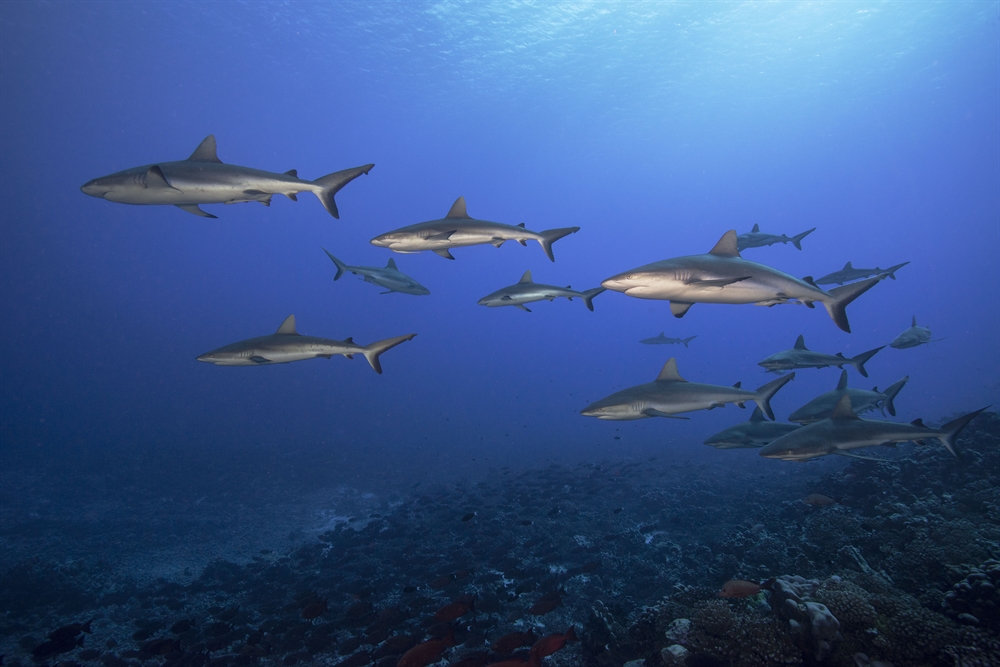
7. Panama Announces Zero Export Quotas for CITES Sharks and Rays
In a notification to the Parties of CITES (Convention on International Trade in Endangered Species of Wild Fauna and Flora), Panama announced that there will be zero export quotas for all species of sharks and rays included in the Appendices, except for Prionace glauca. The zero quotas will be in force until reliable scientific information is obtained from population monitoring of each species of sharks and rays of commercial importance, as well as other tools to ensure appropriate traceability and effective landing controls.
Background: Every three years, delegates from member countries meet to discuss proposed species and vote on a level of protection for each. At that time, species may be added to one of three appendices, which reflect that species’ level of endangerment and determine what sanctions may be imposed on countries that consistently fail to prevent illegal trade of plants and animals in that category.
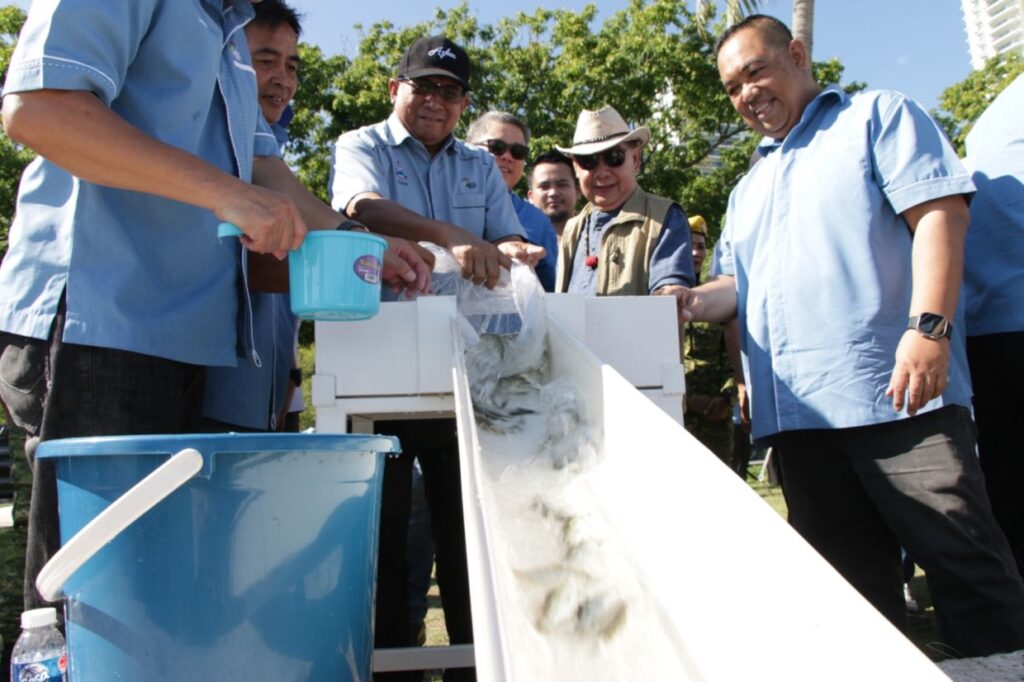
8. Sabah to Revive Anti-Fish Bombing Committee, Says Kitingan
KOTA KINABALU, Sabah — Fish bombing is still rampant in parts of Sabah, Malaysia. That is the opinion of State Tourism, Culture, and Environment Minister Datuk Christina Liew. However, Sabah Fisheries Department director Azhar Kassim said, “…the incidents have gone down due to the operations we have carried out. In fact, we just conducted a statewide operation with the Malaysian Maritime Enforcement Agency (MMEA) on IUU (illegal, unreported, and unregulated) fishing, which included fish blasting.
This means we are serious about the matter, but it is under control.” In addition, Deputy Chief Minister Datuk Seri Dr. Jeffrey Kitingan confirmed that a special committee to tackle fish bombing– which stalled during COVID-19 – is being revived. “Yes, it has been inactive, so we will reactivate this committee,” he said after a fish fry release ceremony on Likas Bay on Thursday (June 27).
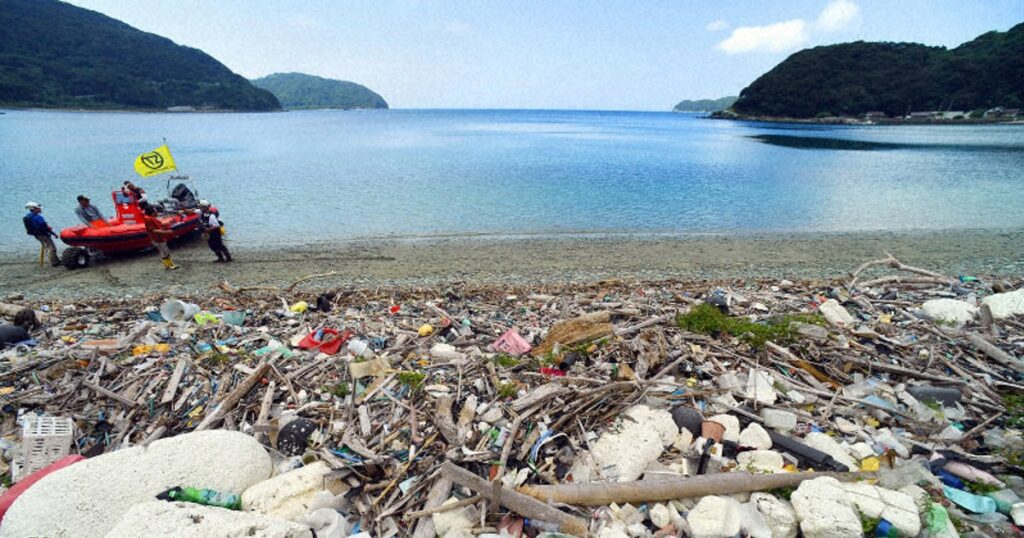
9. Japan to Obligate Manufacturers to Use Recycled Plastics
TOKYO — The government will revise the law to promote effective resource utilization at next year’s regular Diet session. The revision is expected to require manufacturers to set specific targets and report their achievements regularly. The Ministry of Economy, Trade and Industry presented the plan at a meeting of experts, during which ways to utilize limited resources effectively were also discussed.
Under current law, manufacturers are not required to use recycled plastics and are simply asked to make reasonable efforts. If the revised legislation is enacted and takes effect, consumers may have to pay more for plastic products, as the cost of plastic recycling remains high compared with producing plastics from fossil resources. The Group of Seven industrialized nations, including Japan, have agreed to end additional plastic pollution by member countries by 2040.
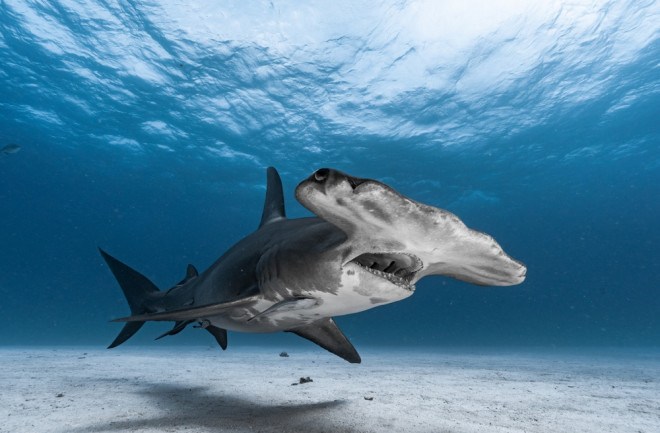
10. DNA and a Scientific Mission to Save the Sharks
Sharks face threats from fin demand, bycatch, and the shark meat market. In 2019, 80 million sharks and 25 million endangered species were killed. Legislation exists, but challenges persist. The Convention on International Trade in Endangered Species of Wild Fauna and Flora (CITES) protects sharks through trade restrictions with the help of advancing technology to identify endangered sharks. Researchers in Hong Kong developed a DNA barcoding test to identify traded shark species, finding hammerheads and blue sharks most traded.
Ecologenix’s modified polymerase chain reaction test, FastFish-ID, identifies bony and cartilaginous fish. Also, genetic analysis can reveal shark fin geographic origins, populations, and movement. Armed with information from these tools, CITES hopes to enforce the protection of shark populations worldwide. Conserving sharks is crucial for ecosystem balance and understanding their ancient senses.
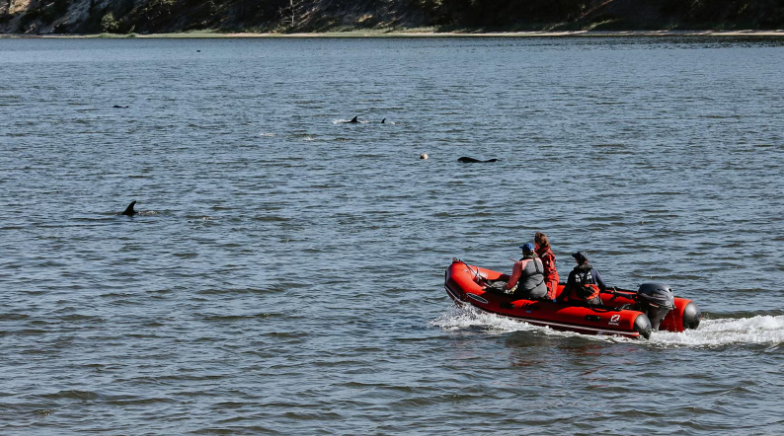
11. 125 Stranded Atlantic Dolphins Saved
WELLFLEET, Mass. — Rescuers counted 125 Atlantic white-sided dolphins caught on Friday, 28 June, in what scientists described as “the largest single mass stranding event” in the group’s 26-year history in the area. “We arrived at what appeared to be 80 to 100 dolphins on the shallow mudflats of Wellfleet’s Herring River Gut,” said IFAW stranding coordinator Misty Niemeyer.
“We were able to provide supportive care, help those struggling, and ready them for the incoming tide.” The animals’ dispersal over a wide area, hot sun, and tricky mud conditions made the operation challenging. At least 25 staff and 100 trained volunteers initially herded the dolphins on foot. Then, they used three small boats and the sound of underwater pingers to encourage them to move further out of the estuary back into deeper waters. The precise reason for the stranding was unknown.
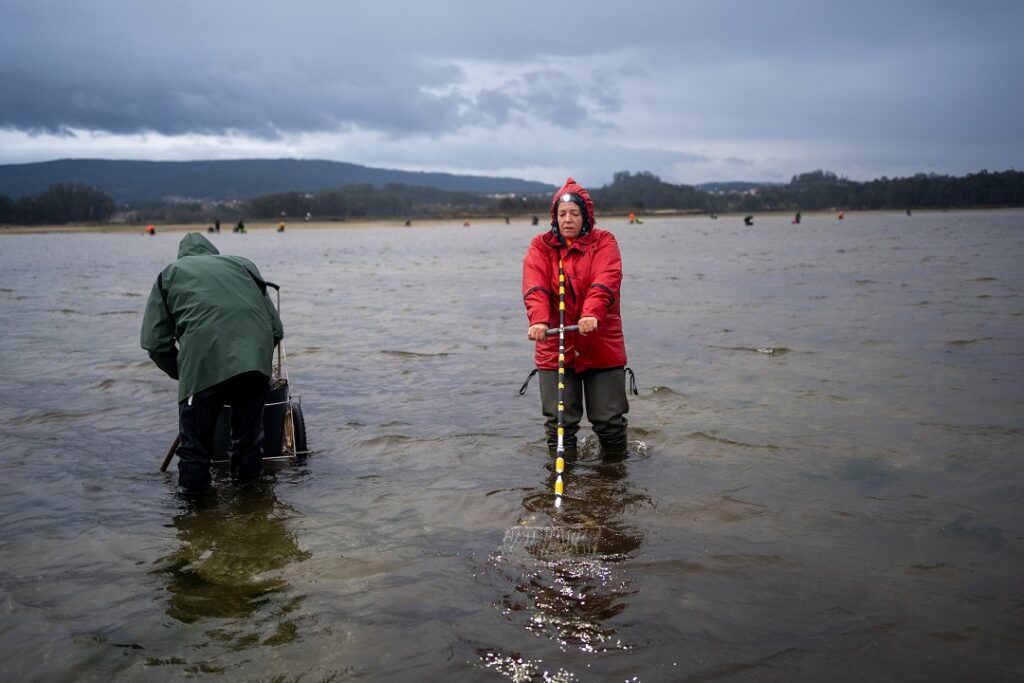
12. Northern Spain, Climate Change Is Killing Shellfish — and Women’s Livelihoods
GALICIA, Spain — The clams and cockles the mariscadoras’ (women shellfish pickers’) livelihoods depend on are increasingly harder to come by. Extreme weather events, including heat waves and torrential rain, threaten the four main shellfish species harvested in the region; with them, the tradition passed down through generations of women. While the 6 billion euro European Maritime, Fisheries and Aquaculture Fund is supposed to “guarantee … the livelihood of coastal communities,” the money isn’t reaching the artisanal producers most in need.
The development of clam hatcheries could be a solution, with potential to establish enough reproducing adult shellfish to get stocks back to normal. Another explored solution is real-time monitoring of salinity, temperature, and other variables. “What’s really needed is to invest in the sea, even if it means closing it for a year while stocks recover,” says a long-time mariscadora.
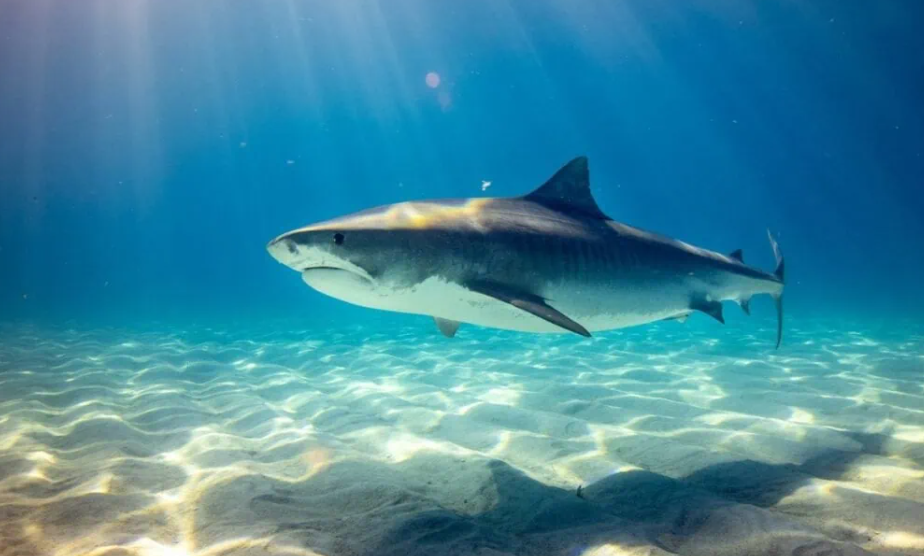
13. Misplaced Fear? Sharks Misrepresented by Cinema, Inspiring Future Scientists
Peter Benchley’s bestselling novel Jaws fanned a fear of sharks that spread worldwide. Steven Spielberg’s 1975 movie followed the book. Audiences embraced the idea that sharks were malevolent creatures, but “Jaws” also spawned widespread interest in better understanding sharks. In 1958, the U.S. Navy established the International Shark Attack File – the world’s only scientifically documented, comprehensive database of all known shark attacks – to reduce risks to sailors stranded at sea when their ships sank.
After “Jaws,” shark research quickly went mainstream. Graduate students lined up to study shark behavior, and the number of published shark studies sharply increased. Around the world, there have been 363 confirmed, unprovoked bites by white sharks since 1960. Of these, 73 were fatal. Compared to 15 million drowning deaths during that time, people are roughly 200,000 times more likely to drown than to die from a white shark bite.

14. Plastic Policy Revision Not All That Green?
India’s Environment Minister’s proposal to amend the southern Indian state of Karnataka’s Plastic Waste Management Rules 2016 to use biodegradable bags as an alternative to single-use plastic (SUP) bags has not gone down well with city-based solid waste management (SWM) experts. “Although made up of corn starch or maize, they are industrially compostable plastic. They cannot disintegrate in the natural environment and require a robust transportation, segregation, and aggregation mechanism for disposal,” said a city-based SWM expert.
The Environment Minister suggested that the Karnataka State Pollution Control Board officials adopt the Plastic Waste Management (Amendment) Rules, 2021, by the Ministry of Environment, Forest and Climate Change, which made biodegradable bags legal. Karnataka’s Plastic Waste Management Rules of 2016 banned using polymer-based biodegradable or compostable and all-thickness carry bags. Karnataka was lauded as a state ahead of others for having a more stringent rule around SUPs.
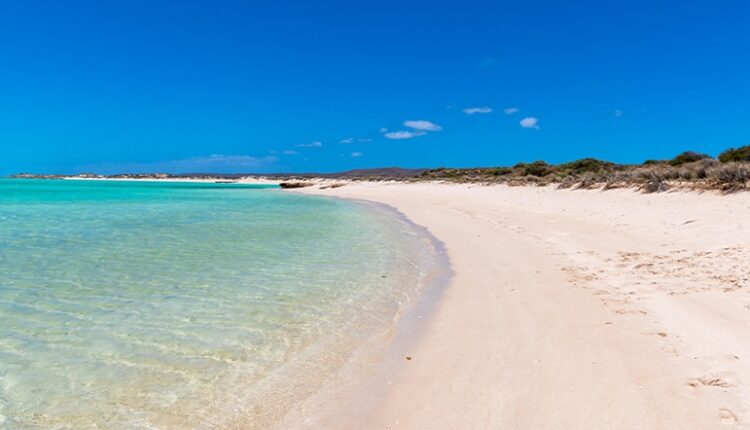
15. University of Western Australia and First Nations Obtain USD 650K for Marine Park Conservation
The University of Western Australia (UWA) and First Nations partners have been awarded more than $650,000 for two projects to help Traditional Owner groups better monitor and manage the health of Australian marine parks. One project will see UWA partner with six saltwater Bibbulmun Noongar groups to build and share knowledge of culturally significant marine life and identify priorities for the management of Sea Country.
The second project will allow UWA to work with the Mayala Inninalang Aboriginal Corporation to support the monitoring and protecting of crucial reef species such as trochus. The announcement was part of the Australian Government’s ‘Our Marine Parks’ Round 4 program, which included more than $2 million for eight projects across western Australia for initiatives that enhance the understanding and management of marine parks through partnerships with Traditional Owners and other stakeholders.
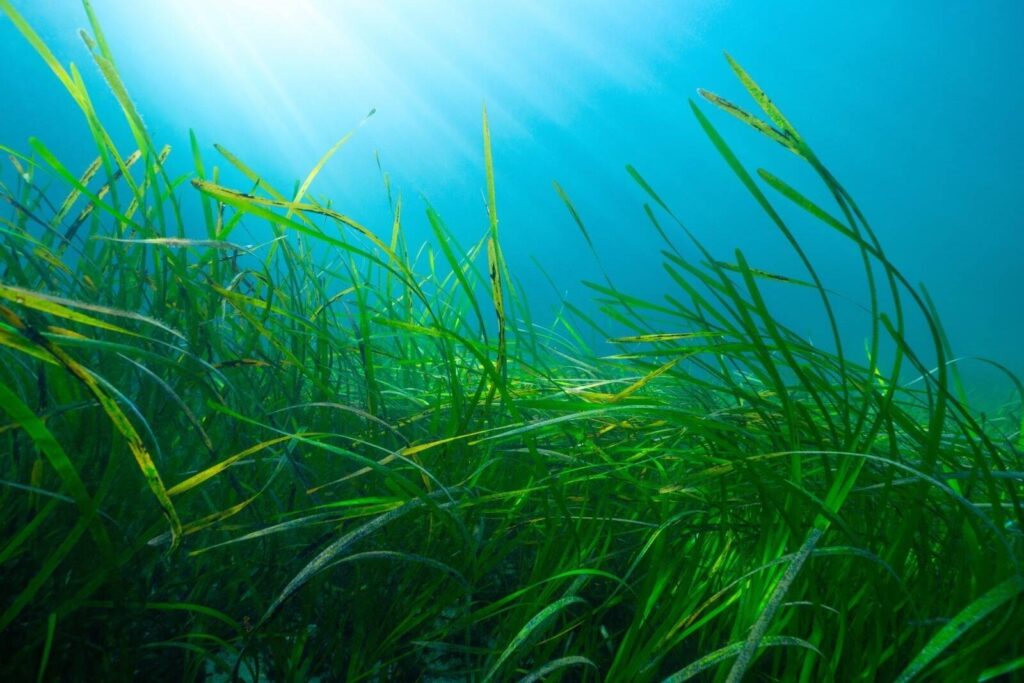
16. Crucial Eelgrass Health is Studied in the San Juans
SAN JUAN ISLANDS, Washington – Eelgrass, a marine plant that grows in shallow depths up to 25 feet, is crucial for maintaining healthy marine ecosystems. It supports marine food webs, cleans water, and stabilizes shorelines. Understanding the health of nearshore eelgrass beds can guide actions to keep it thriving into the future. Data collection this summer builds on the detailed surveys completed in 21 local bays last summer.
Both data sets will be compared to a 2003 survey providing insights into eelgrass changes over the past 20 years. Eelgrass in the San Juans has been declining more than in other parts of the state. These local losses are significant because the shorelines are a critical intersection for various marine species, including forage fish, juvenile Chinook salmon, and the critically endangered Southern Resident killer whales. This makes the San Juans a priority for eelgrass research and conservation.
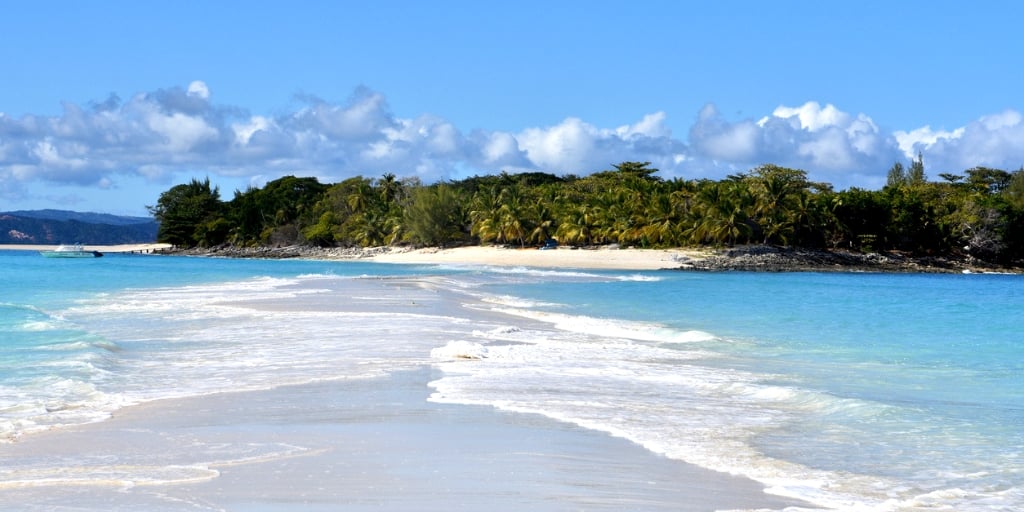
17. Strengthening Marine Conservation in Madagascar
In May 2024, the C3 Madagascar team and 13 leaders from Locally Managed Marine Areas (LMMAs) decided to improve their governance, monitoring, planning, communication, stakeholder engagement, and leadership skills, thanks to the support of ECOFISH.
This initiative focuses mainly on the technical aspects of community monitoring, aiming to fortify their capacities in patrolling and overseeing Marine Protected Areas (MPAs). In field visits to locations like Velondriake, a model MPA in Madagascar, Ambatomilo, south of Andavadoaka, and the Oceanographic Museum at IH.SM in Toliara.This collaborative journey underscored the importance of community involvement, capacity building, and knowledge sharing in marine conservation.
The LMMA leaders returned with valuable insights and inspiration to implement and replicate successful conservation models in their regions, strengthening the network of marine protected areas across Madagascar.
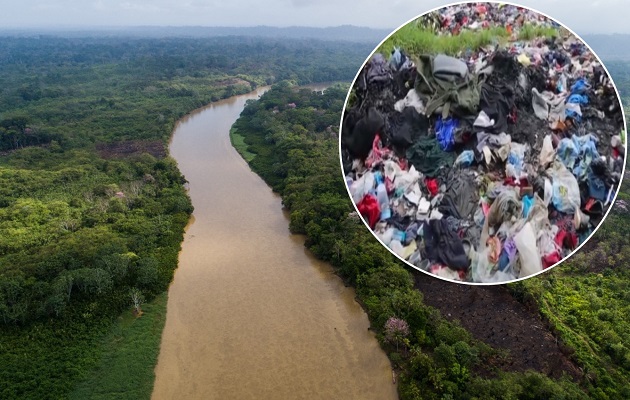
18. Migration Crisis Devastates Panama’s Darien Gap
DARIEN JUNGLE, Panama – Saving and protecting the most important natural reserve in Panama and the region is a challenge José Raúl Mulino’s new government faces in the Darién Jungle migratory crisis. The Minister of the Environment, Juan Carlos Navarro, reiterated his support in addressing the migration and environmental crisis facing the province of Darién. “Our Darien is in danger due to the enormous amount of garbage, plastic, and pollution left by hundreds of thousands of illegal migrants along our forests and rivers.”
It is urgent that we work as a team and that we all support the government of José Raúl Mulino to stop the inhuman exploitation of migrants and plan an operation to collect and dispose of all this garbage and plastic waste before our rivers and ancient forests of the Darién are affected even more.
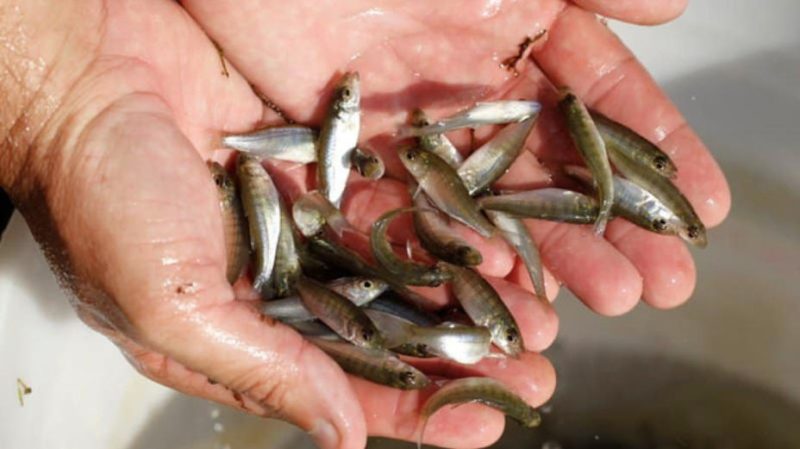
19. More Than 3 Million Striped Bass to Be Released In North Carolina
The North Carolina Department of Environmental Quality’s Division of Marine Fisheries and N.C. Wildlife Resources Commission are working cooperatively on an aggressive stocking plan to supplement recruitment of the Albemarle Sound/Roanoke River Striped Bass population that began in 2023. According to Charlton Godwin, a biologist supervisor with the Division of Marine Fisheries, the current state of the population is due to below-average natural reproduction.
“Beginning in 2017, we have observed a troubling pattern of poor or below-average spawning success in the Roanoke River,” explained Godwin. “This string of failures has resulted in low abundance of spawning females returning to the system each spring.” “The goal of the restoration program is to have these hatchery fish contribute to the spawning stock and lead to a good natural spawn,” Godwin adds.
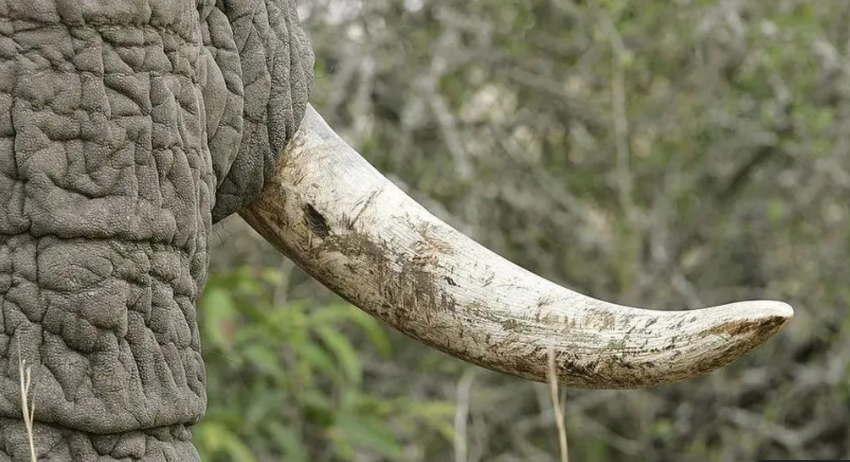
20. Wildlife Smugglers ‘Freer to Offend’ After Police Cuts
LONDON — Smugglers of endangered species and illegal wildlife products into the UK are excited. Detectives in the Metropolitan Police’s wildlife crime unit are being reassigned to other duties. The unit handled seizures of ivory tusks, rhino horns, primate skulls, and animal skins being smuggled through Heathrow Airport. Dr. Ruth Tingay, co-director of the conservation campaign group Wild Justice, said, “Closing the unit will send a message to other wildlife criminals that they are free to offend without risk of consequence.”
In addition to prosecuting several important illegal wildlife activities in London, the unit was responsible for numerous global operations. In response to concerns, a spokeswoman for the Metro Police explained that although tackling local crime will be the main focus of the unit’s detectives now, “the Met will continue to investigate any allegations of crime involving wildlife.”
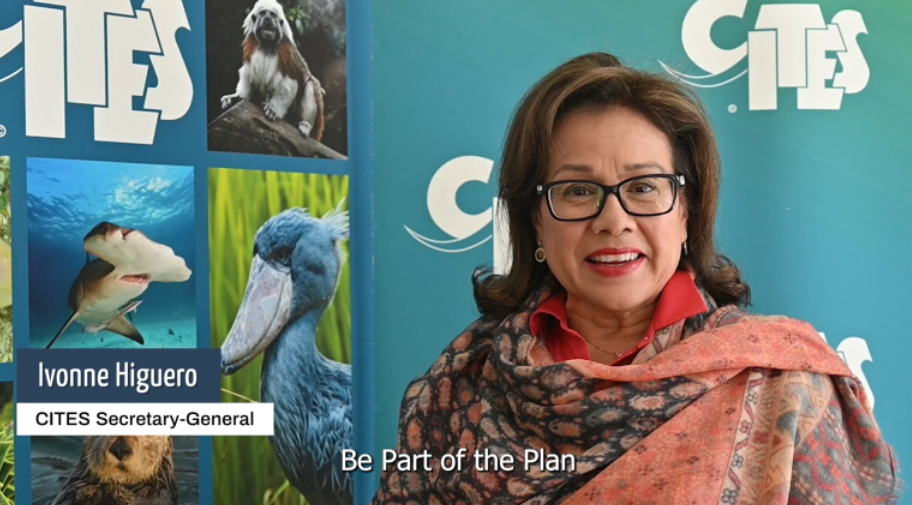
21. AAAS-TWAS Course on Science Diplomacy: Keynote Address by CITES Secretary-General Ivonne Higuero
CITES is an international agreement between governments — currently 184 Parties, including the EU — to ensure that international trade in specimens of wild animals and plants does not threaten the survival of the species in the wild. At the core of our mission lies science — a compass guiding us through the complexities of conservation and policymaking. Our science-policy interface aims to support policymakers with access to the best scientific knowledge to base their decisions.
Our endeavours must also inspire and engage the younger generations. The youth of today are the leaders of tomorrow. They are eager to contribute their technological savvy and invigorated perspectives to intergenerational diplomacy. We must be ready to equip them to forge an even more sustainable, effective, and inclusive path for the science diplomats they will become.
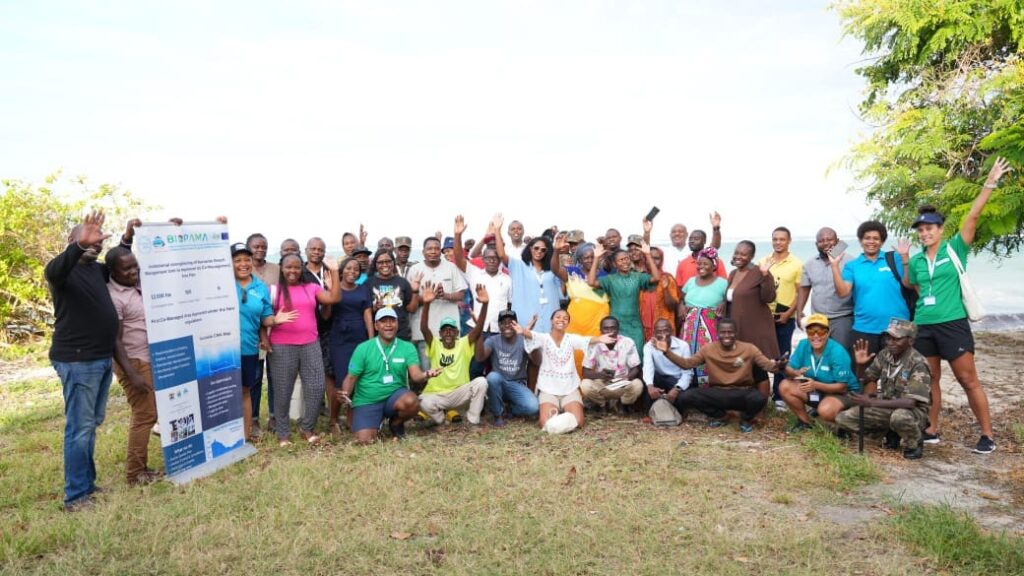
22. Nature Is There to Be Protected for Human Benefits: IUCN Meeting
The International Union of Conservation on Nature recently hosted an Africa, Pacific Learning Exchange Programme on Protected and Conserved Areas in Malindi, Kenya. Twenty representatives from the Pacific from both non-government organisations and the government sector were invited to the programme, including representation from Te Ipukarea Society and friends from Nature Fiji, Samoa Conservation Society, Tonga National Youth Congress, Papua New Guinea, Kiribati, and Vanuatu.
Representation from Africa included colleagues from the Eastern and Southern African states such as Mozambique, Kenya, Tanzania, South Africa, and Madagascar. The programme included several field visits, including Mida Creek Reserve and the Arabuko Sukoko Forest Reserve. Overall, participants from both the Pacific and Africa learned there are similarities in challenges and solutions faced in protected or conserved areas. Exploring Africa’s successes in co-management plans integrated into legislation was also recognised as beneficial.
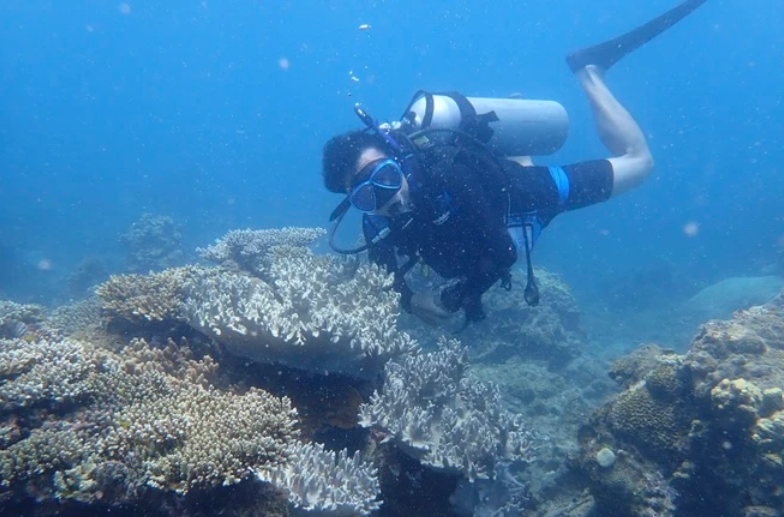
23. Swimming and Coral Viewing Suspended in Con Dao National Park, Vietnam
In Vietnam, the Con Dao National Park management board announced on June 28 a temporary suspension of swimming and coral viewing activities at several marine conservation areas from July 1 to September 30 to help the reef ecosystems naturally recover after experiencing bleaching.
The management board reported the coral bleaching issue to the People’s Committee of the southern province of Ba Ria-Vung Tau, which houses the park. The board said it was caused by an abnormal increase in sea temperature due to the El Niño phenomenon. Swimming and coral viewing activities will be suspended on Con Son Bay (except the buffer zone) and many islets.
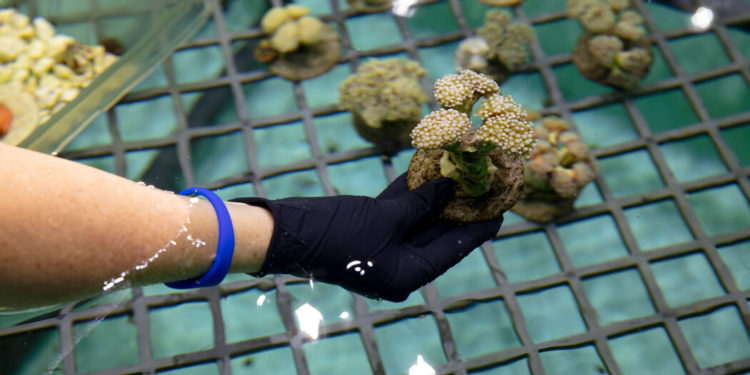
24. Unlikely Wild Animals Are Being Smuggled Into U.S. Ports: Corals
Corals are not plants: They are tiny invertebrates that live in vast colonies, forming the foundation of the world’s tropical reefs. Marine life traffickers hammer and chisel them off reefs, then pack them into small baggies of seawater so they can be boxed up by the hundreds and shipped around the world. While most coral is shipped into the United States legally, individuals and wholesalers are being intercepted with coral species or quantities that are restricted or banned from trade, often hidden inside shipments containing legal species.
As wildlife officials work to reduce the demand for illegal coral and choke off the supply, they face significant dilemmas about what to do with the imperiled animals they seize. To address this problem, the U.S. Fish and Wildlife Service has worked with zoos and aquariums near airports and ports to house corals on a case-by-case basis.
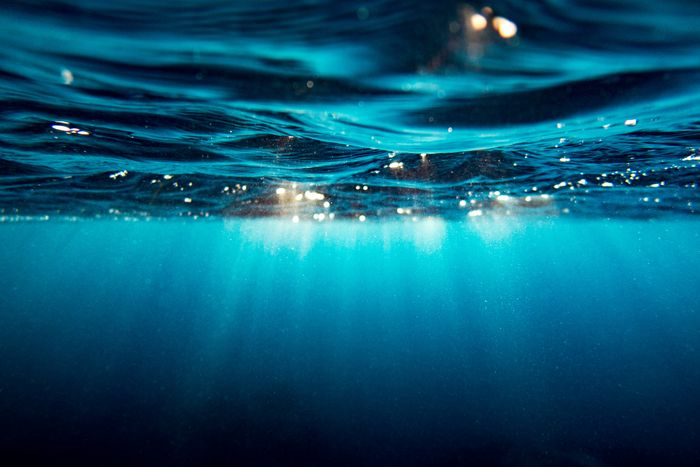
25. Radical Technology Aims to Rev up Oceans’ Power to Cool the World
Covering 70% of the earth’s surface, the ocean removes around a quarter of the carbon dioxide that humans produce each year. Atmospheric carbon is absorbed by mixing air and water at the surface, and the chemical reactions below involve photosynthesis with plankton. Now, around a dozen startups are taking on the challenge to develop technologies that allow the oceans to soak up even more carbon.
One startup uses an electrochemical method to remove carbon from seawater and is building its first commercial-scale plants. The U.S. government awarded it and a competitor with a similar approach some of the first federal funding. Another company is set to pour about 9,000 tons of sand mixed with a mineral called olivine near the waters off North Carolina’s Outer Banks, which, when mixed with water, will trigger chemical reactions that drive carbon removal.
Editorial Comment: We must be careful that a mounting crisis does not provoke radical solutions that have yet to be adequately vetted.
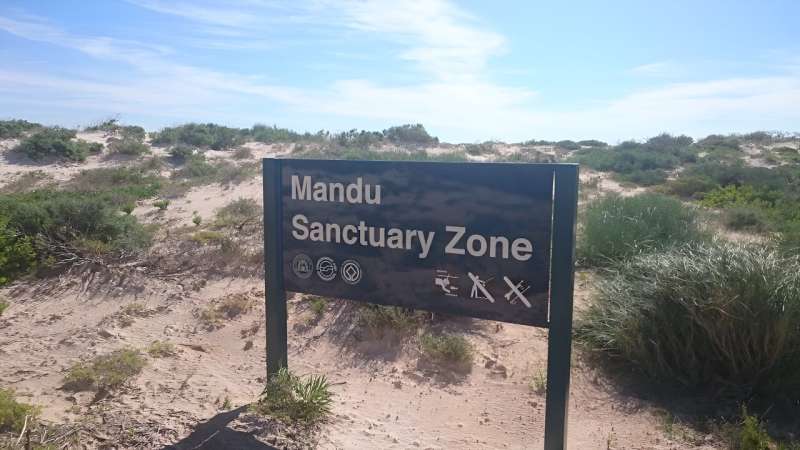
26. Most Marine Protection Measures Are Not Working – a New, More Flexible Approach Is Needed
This fascinating article explores the requirement that “almost every country in the world is trying to achieve an internationally agreed legal target to protect 30% of their land and sea area by 2030. Setting up marine protected areas, such as marine parks, is an important way of achieving this target.” Then, outlines the problem(s). “they must effectively reduce the adverse effects of human activities and be fair to local people by avoiding excessive restrictions.” And finally points to their study to “explore different ways of addressing such challenges, our research assessed the effectiveness of 50 marine protected areas in 24 countries.
We compared the strengths and weaknesses of different conservation measures for protecting marine wildlife by using a set of 36 “governance incentives”—these include providing financial compensation, requiring legal accountability, and establishing local groups that encourage community participation in discussions, decisions, and related research.
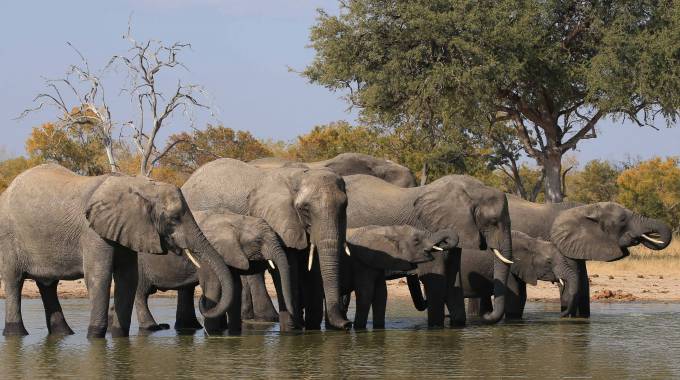
27. CITES No Longer Fit for Purpose’ – South African Countries – Opinion Piece
South African Countries—Background: The Convention on International Trade in Endangered Species of Wild Fauna and Flora (CITES) is a global agreement among governments to regulate or ban international trade in threatened species. Allegations – The Five (5) Country members of the Kavango-Zambezi Trans-Frontier Conservation Area (KAZA TFCA) claim they “should not be punished but encouraged for their conservation efforts by being allowed to continue with trophy hunting and trading in wildlife products, especially the stockpiled ivory” and conclude with “CITES, as a forum, no longer well represents or reflects the realities within Southern Africa and decisions at this forum are negatively impacting conservation sustainability within the region.”
Editorial Comment: Sea Save Foundation has become a fixture at CITES CoPs. We do not take an official position on elephants, but each year, the elephant debate becomes increasingly contentious. We rely heavily upon CITES to curtail the international trade of threatened and endangered plants and animals. We hope a swift and acceptable solution can be found so that countries do not leave the agreement.
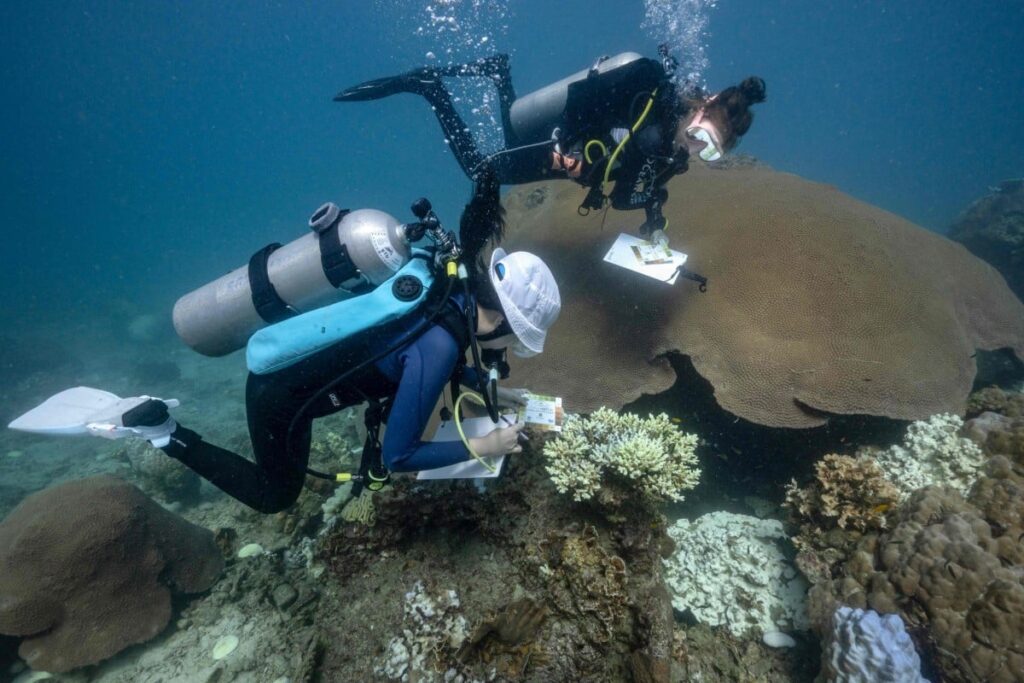
28. Bleached Coral Turns Divers Into Conservationists, Collecting Data Which Could Help Shape Policy
THAILAND – In response to global coral bleaching, there is an increase in divers like Nannalin Pornprasertsom, who is not only a diver but also a conservationist. At 14, she identifies coral types, assists in reef restoration, and contributes to coral health research by documenting reef conditions during dives. There has been a global rise in conservation diving certifications by over six percent since 2021, led by organizations like the Professional Association of Diving Instructors.
Courses at places like Black Turtle Dive on Koh Tao aim to combat marine degradation exacerbated by climate change. Coral bleaching, widespread across over 60 countries, threatens marine biodiversity and ecosystems. Projects like Coral Watch utilize divers data to support policy-making and conservation efforts. Also, initiatives like Global Reef’s coral transplants show promise for reef recovery efforts, buoyed by awareness and dedication among the next generation of conservationists like Nannalin.
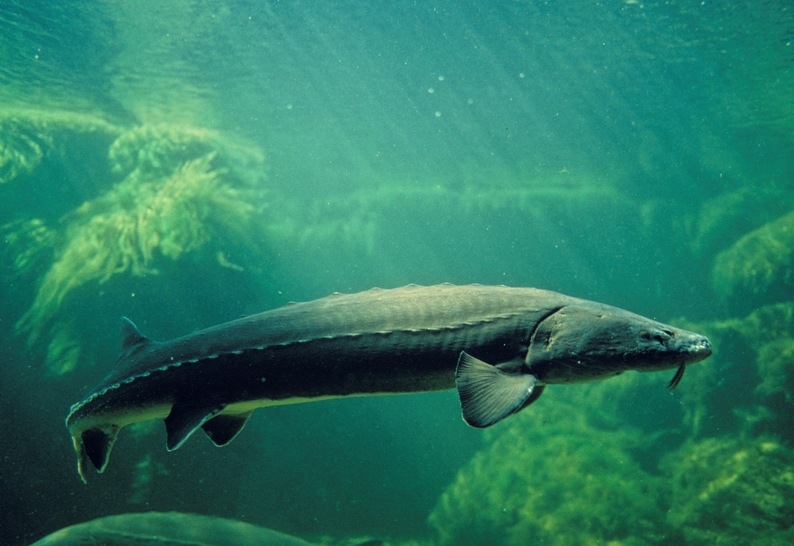
29. Critically Endangered Species, European Sturgeon Found in the Stomach of Harbor Porpoises
The European sea sturgeon has been of substantial commercial interest in the past. Today, it is considered Critically Endangered, with only one remaining population in Europe. Fulfilling national conservation strategies and aiming for the conservation of biological diversity, Germany is reintroducing them into their historical habitats like the Elbe River, yet their biology and interactions within these environments still need to be better understood. Recently, harbor porpoises were found to prey on these reintroduced sturgeons, marking the first recorded instance of such interaction.
Stomach analysis of stranded porpoises revealed sturgeon remains, with estimated lengths suggesting predation. This discovery underscores the need for further research into predator-prey dynamics between sturgeons and porpoises, especially in shared habitats like the North Sea. Such studies are crucial for assessing conservation challenges, potential conflicts between species management goals, and the overall success of sturgeon reintroduction efforts across national borders.




